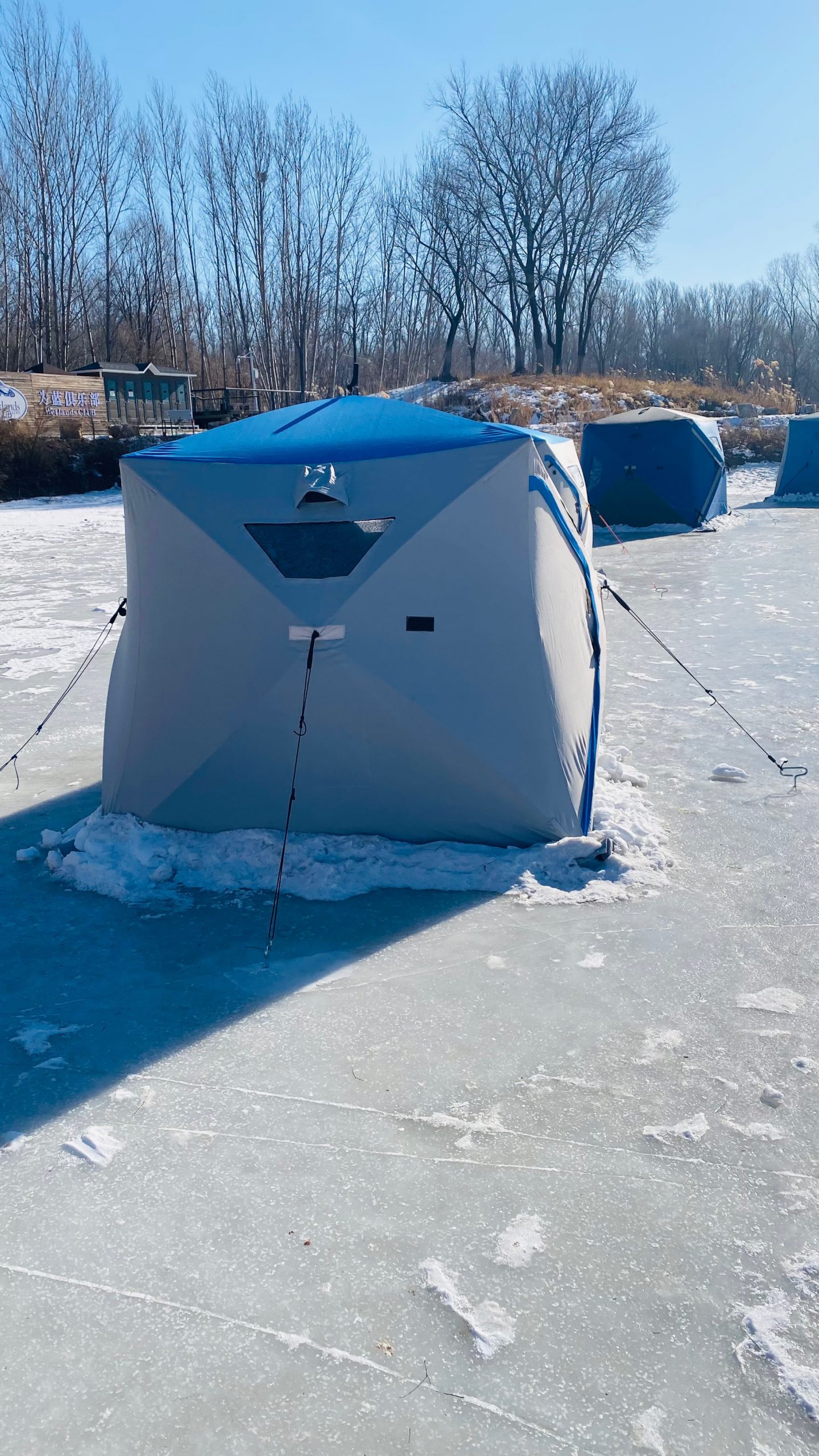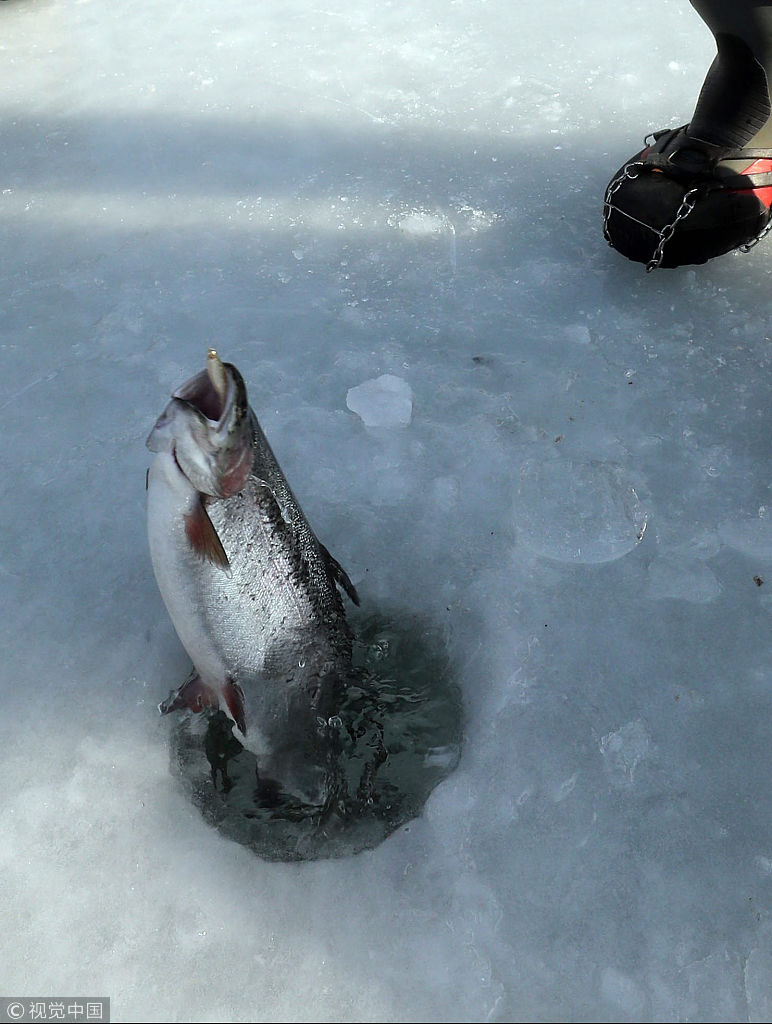Ice fishing is a thrilling winter activity that combines patience, strategy, and a deep appreciation for nature. For beginners, however, venturing onto frozen lakes and rivers comes with unique risks. From unpredictable ice conditions to harsh weather, safety must always be your top priority. This guide provides essential tips to help newcomers navigate the challenges of ice fishing while emphasizing preparedness, awareness, and responsible practices.

Understand Ice Conditions Thoroughly
Before stepping onto the ice, research local conditions. Ice thickness is the most critical factor—never assume uniformity across a body of water. Clear, solid ice should be at least 4 inches thick for walking, 5–7 inches for snowmobiles, and 8–12 inches for small vehicles. Use an ice auger or chisel to test thickness as you move outward, and avoid areas near currents, inlets, or outlets where ice tends to be weaker.
Pro tip: Carry a spud bar to check ice stability ahead of you. If the ice cracks or feels spongy, retreat immediately.
Dress for Survival, Not Just Comfort
Hypothermia and frostbite are real dangers in subzero temperatures. Layer clothing to trap warmth: start with moisture-wicking base layers, add insulating fleece or wool, and finish with a windproof, waterproof outer shell. Don’t neglect extremities—thermal gloves, insulated boots rated for extreme cold, and a balaclava are non-negotiable. Floating ice fishing suits add an extra layer of safety if you fall through.

Pack Essential Safety Gear
Even experienced anglers can face emergencies. Your gear should include:
Ice picks: Wear them around your neck for self-rescue if you break through.
Throw rope: A 50-foot rope with a buoyant bag can save someone in distress.
First-aid kit: Include hand warmers, emergency blankets, and a whistle.
Portable shelter: Pop-up tents or shanties protect against wind and provide visibility in snowstorms.
Partnering with a trusted Fishing hook manufacturer ensures your tackle is sharp, rust-resistant, and reliable in freezing conditions. Dull hooks increase the risk of losing fish, requiring unnecessary rebaiting in the cold.
Never Fish Alone
Always bring a buddy or inform someone of your location and return time. Ice fishing solo amplifies risks—if an accident occurs, help may be too far away. Many ice-fishing communities organize group outings, which are ideal for beginners to learn techniques while staying safe.
Monitor Weather and Daylight
Winter weather shifts rapidly. Check forecasts for wind chill, snowstorms, or sudden warm spells that weaken ice. Plan trips during daylight hours, as visibility drops quickly after sunset. Carry a headlamp with extra batteries in case of delays.
Avoid Alcohol and Stay Hydrated
While a flask might seem tempting to “stay warm,” alcohol impairs judgment and accelerates hypothermia. Instead, pack a thermos of warm, non-caffeinated drinks like herbal tea or broth. Dehydration is common in cold climates, so sip fluids regularly.

Set Up Shelter Strategically
Position your shelter away from pressure cracks or snowdrifts, which can mask weak ice. Drill holes at least 15–20 feet apart to distribute weight. Keep gear organized to prevent tripping hazards, and ensure ventilation in propane-heated shelters to avoid carbon monoxide buildup.
Learn Basic Ice Rescue Techniques
If someone falls through:
1. Call 911 immediately.
2. Reach, throw, or row: Use a rope, ladder, or branch to assist without approaching the hole.
3. Keep the victim calm: Encourage slow breathing to reduce heat loss.
Practice these steps mentally so you can act swiftly in an emergency.
Invest in Quality Equipment
Cheap gear often fails in extreme cold. Opt for:
Sensitive rods: Detecting subtle bites prevents over-jigging and fatigue.
Auger blades: Keep them sharp for efficient drilling.
Fish finders: Portable sonar units help locate schools without excessive hole-hopping.